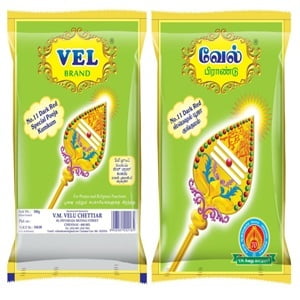
Dark red kumkum
₹20.00 - ₹90.00
Tags:
அடர் சிவப்பு குங்குமம்
Product Details
Dark red kumkum
Dark red kumkum is a traditional powdered substance used in Hindu rituals and ceremonies, known for its rich, vibrant hue. It symbolizes spiritual purity and devotion, and its application is associated with invoking blessings and positive energy. The dark red color makes it a prominent choice for ceremonial use, and it is often applied with fingers.
You may also like Sindinga Herbal bath powder
Apart from the above mentioned uses there are many other uses and benefits of dark red kumkum which can be felt while using
Visit our new website to get latest news in Tamil , English & Hindi
